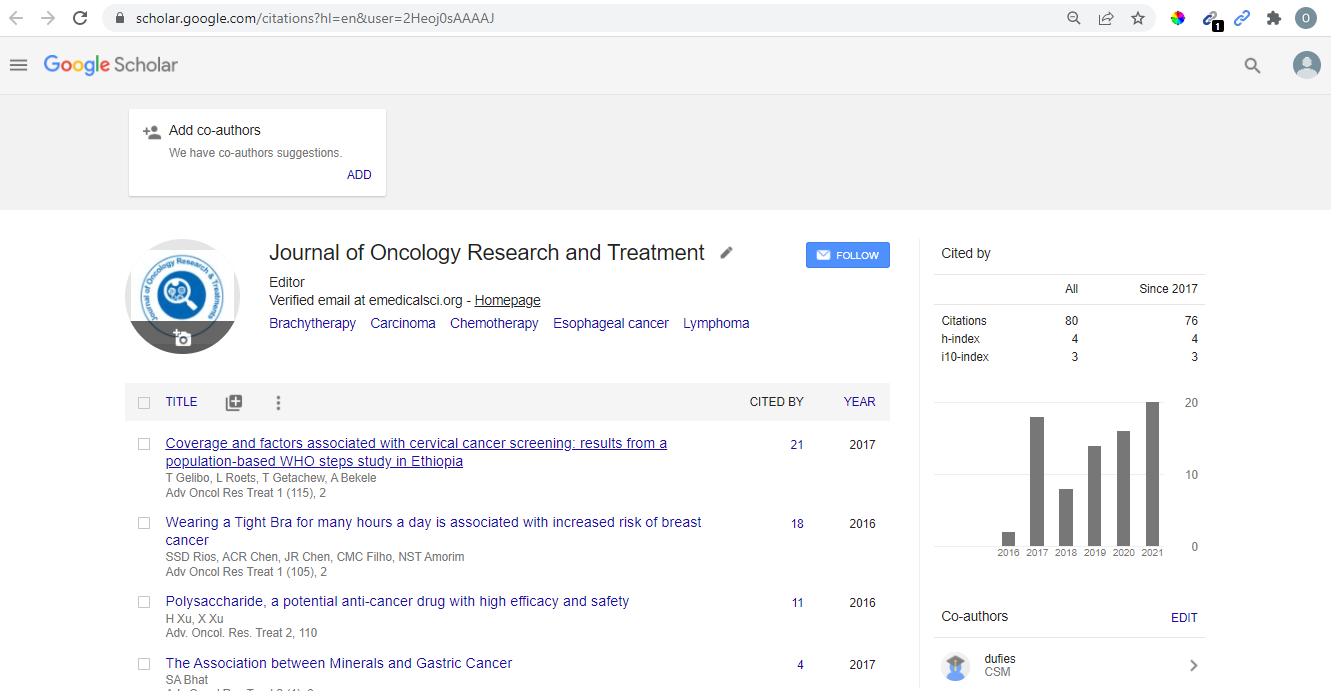Intracranial Meningeal Hemangiopericytoma Experience of the National Institute of Oncology
*Corresponding Author:
Copyright: © 2020 . This is an open-access article distributed under the terms of the Creative Commons Attribution License, which permits unrestricted use, distribution, and reproduction in any medium, provided the original author and source are credited.
Abstract
Introduction: Hemangiopericytomas of the central nervous system are rare and represent less than 1% of intracranial tumours. They arise in Zimmerman’s pericytes. Their radiological appearance can be misleading and lead to a false diagnosis of meningioma. The diagnosis is histological and immunohistochemical.
Objectives: Describe the anatomoclinical, radiological, therapeutic and evolutionary aspects of meningeal hemangiopericytomas.
Materials and methods: Retrospective study from 2001 to 2018 on 07 cases of intracranial hemangiopericytomas treated in the radiotherapy department of the National Institute of Oncology in Rabat.
Results: The average consultation period was 10.2 months ± 2.42. The average age of the patients was 53 years ± 8.61. The main clinical features were intracranial hypertension signs, visual acuity decrease (03 cases), hemiplegia (01 case), gait disorder (01 case), balance disorders (01 case) and diplopia (01 case).
Conclusion: Hemangiopericytoma is a very rare vascular tumour; its diagnosis can be difficult and mistaken for a meningioma; the imaging is not very specific; the diagnosis of certainty remains anatomo-pathological and is based on histology and immunohistochemistry.

